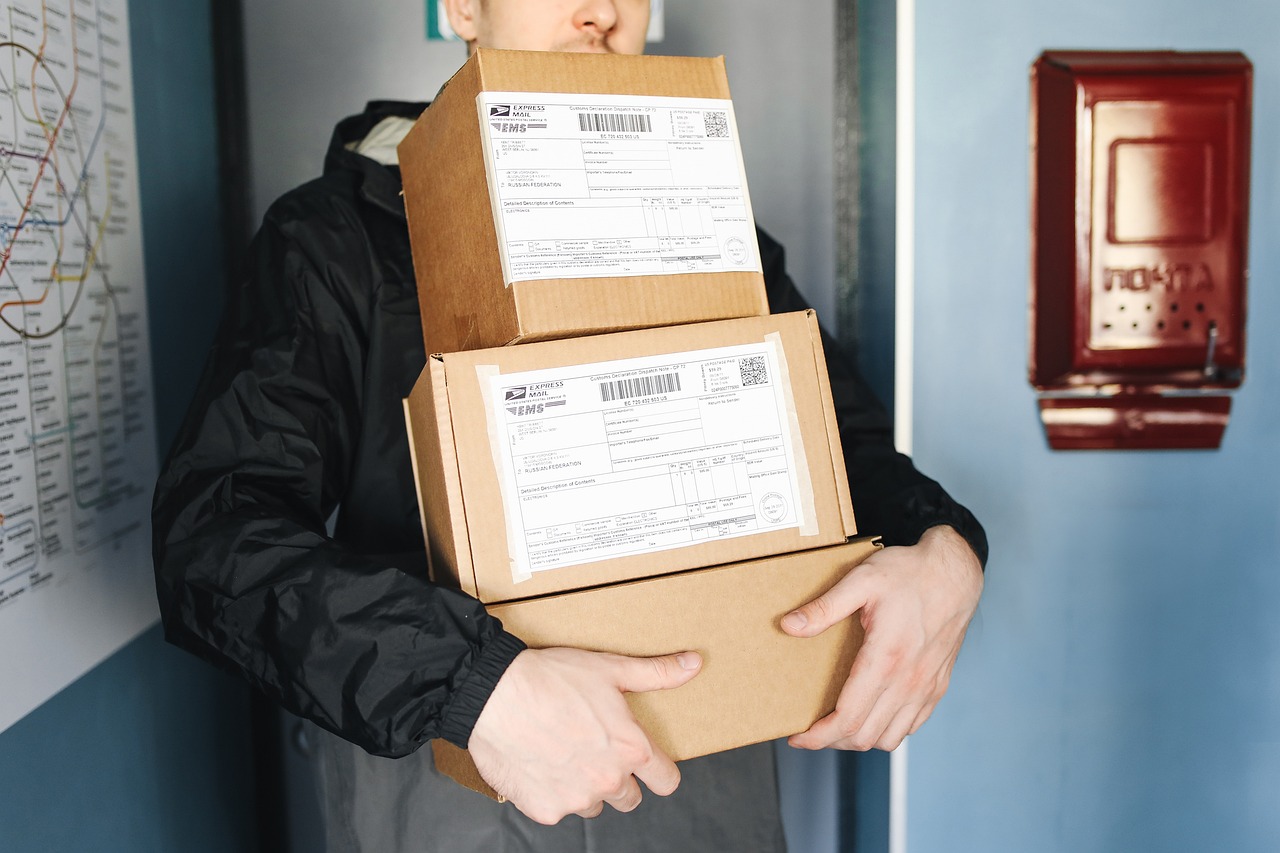Sending large parcels can sometimes feel like a daunting task, whether you’re shipping a bulky gift, business goods, or moving items for personal reasons. But with the right knowledge and preparation, it can be a straightforward process. In this guide, we’ll walk you through everything you need to know about send large parcel from choosing the right courier service to packaging your items securely.
Step 1: Determine the Size and Weight of Your Parcel
Before you start looking for shipping options, the first thing you need to do is figure out exactly how large and heavy your parcel is. Courier services typically have size and weight restrictions, so knowing your parcel’s dimensions and weight will help you avoid unnecessary delays or additional costs.
Measuring Your Parcel
To measure the size of your parcel, use a tape measure to get the length, width, and height. Ensure you measure at the widest and longest points to get the most accurate measurements. For example, if your package is irregularly shaped, take the largest dimension and round it up to avoid surprises during the shipping process.
Weighing Your Parcel
Use a digital or mechanical scale to weigh your parcel. Some shipping services charge based on weight, so getting this number right is crucial. Be sure to weigh your parcel after it’s properly packaged to ensure accuracy.
Common Shipping Limits
Most couriers have maximum size and weight limits. Here are some general guidelines for major shipping companies:
- Royal Mail (UK): Maximum weight of 2kg for international parcels, 30kg for domestic.
- UPS: Maximum weight of 70kg, with length and girth combined not exceeding 274 cm.
- FedEx: Maximum weight of 150 lbs (68 kg), with dimensions not exceeding 165 inches (419 cm) in length and girth combined.
Check with the courier you’re planning to use for their specific guidelines.
Step 2: Choose the Right Courier
Once you’ve measured and weighed your parcel, it’s time to choose the best courier service. There are several options available depending on your location, the size of your parcel, and your budget. Some of the most popular international couriers include:
1. Royal Mail/ParcelForce Worldwide (UK)
Ideal for smaller to medium parcels, Royal Mail offers a range of services for sending items internationally and domestically. ParcelForce Worldwide, part of Royal Mail, is suited for larger parcels.
2. DHL
DHL is renowned for its global reach and efficiency, offering both express and standard delivery options for large parcels. It is especially popular for international shipping.
3. UPS
UPS offers excellent options for large and heavy parcels, especially for business shipments. They have a broad network, fast delivery times, and provide various tracking options.
4. FedEx
Known for its fast service, FedEx is another excellent choice for sending large parcels. It is widely used for both domestic and international shipping.
5. USPS (United States Postal Service)
If you’re in the U.S., USPS is a reliable option for large parcels, especially when you’re looking for cost-effective shipping.
Consider factors such as:
- Destination: Ensure your chosen courier delivers to your destination country or area.
- Delivery Speed: Some couriers specialize in express or overnight shipping, while others may offer slower but cheaper options.
- Tracking: Look for couriers that provide parcel tracking, especially for larger shipments where visibility can be crucial.
- Insurance: Check if your courier offers insurance for valuable or fragile items.
You can also compare prices using online shipping comparison tools to find the best deal for your needs.
Step 3: Pack Your Parcel Properly
One of the most important aspects of sending large parcels is making sure they’re packed securely. Improper packaging can result in damage during transit, delays, or additional charges.
Packaging Tips:
- Choose the Right Box or Container:
- For large parcels, opt for a sturdy box made from double-walled cardboard or a strong plastic container.
- Make sure the box is large enough to accommodate your item, but not excessively oversized, as this can increase the cost.
- Cushion Your Items:
- Add protective padding like bubble wrap, foam peanuts, or crumpled paper to prevent your items from moving inside the box.
- Wrap each item individually to prevent direct contact with other items or the walls of the container.
- Seal It Properly:
- Use strong packing tape (preferably 3-inch wide tape) to seal all seams of the box. Avoid using duct tape, as it’s not durable enough for shipping.
- Ensure the top and bottom flaps are securely taped shut.
- Label Clearly:
- Label the parcel with the recipient’s full address, including zip codes and country details.
- Attach any necessary customs forms for international shipments.
- Include both the sender’s and recipient’s contact numbers for ease of delivery.
- Use a large, clear font for all addresses and labels to avoid confusion.
- Consider Special Handling:
- If your parcel contains fragile items, mark the box with “Fragile” stickers and ensure your items are properly cushioned to avoid damage.
- For oversized or bulky items, check with your courier for specific instructions on how to handle and pack such items.
Step 4: Calculate the Shipping Cost
Once your parcel is properly packed, the next step is to calculate the shipping cost. The cost to send a large parcel depends on several factors, including:
- Size and Weight: Larger and heavier parcels will generally cost more to ship.
- Destination: International shipments often cost more due to distance, customs fees, and taxes.
- Service Level: Faster delivery options (like express or next-day delivery) typically incur higher costs than standard shipping services.
- Insurance: Adding insurance for valuable items will increase the overall cost.
Many courier websites allow you to use online calculators to get an estimate of your shipping costs based on the size, weight, and destination of your parcel.
Step 5: Drop Off or Schedule a Pickup
After you’ve paid for shipping, you’ll need to either drop off your parcel at a courier location or arrange for a pickup.
Drop-Off
- Most courier companies have drop-off points at local stores, post offices, or depot centers.
- For larger parcels, some couriers have dedicated large item drop-off locations.
Pickup
- If you’re unable to drop off the parcel, many couriers offer a pickup service. They’ll come to your location to collect the parcel, which is especially useful for business shipments or if you’re sending a very large item.
Step 6: Track Your Parcel
Once your parcel is on its way, it’s always a good idea to track its progress, especially for large shipments. Most reputable couriers provide tracking numbers that allow you to monitor your parcel’s journey online. This can give you peace of mind and help you troubleshoot any issues that may arise during transit.
Conclusion
Sending a large parcel doesn’t have to be a stressful experience. By measuring your items carefully, selecting the right courier, packing securely, and knowing what to expect in terms of cost and delivery time, you can ensure that your parcel reaches its destination safely and on time. Whether you’re shipping domestically or internationally, preparation is key, so take the time to plan ahead and choose the best options for your specific needs. Happy shipping!




